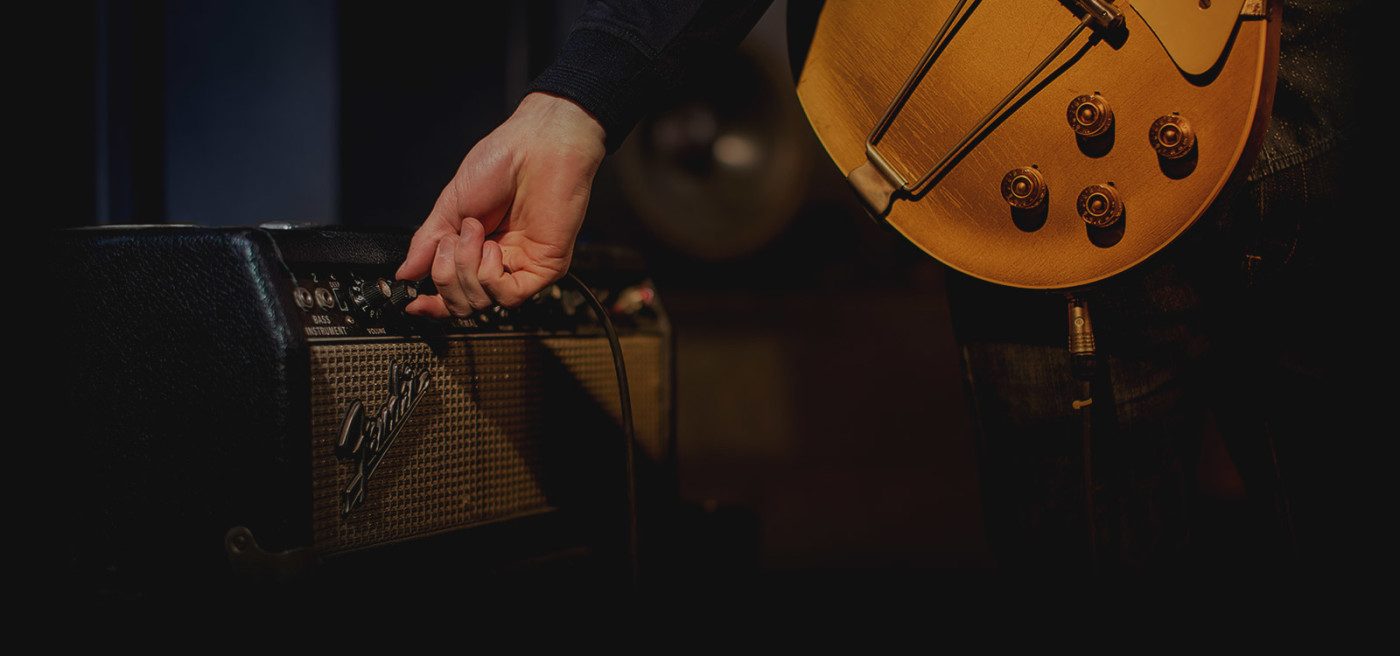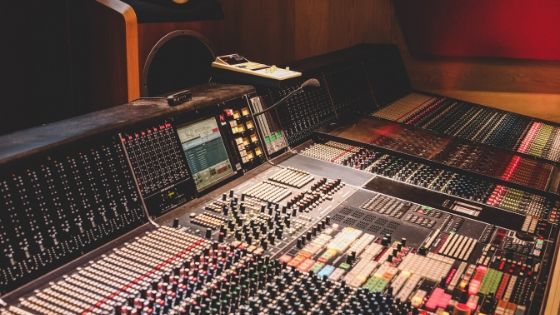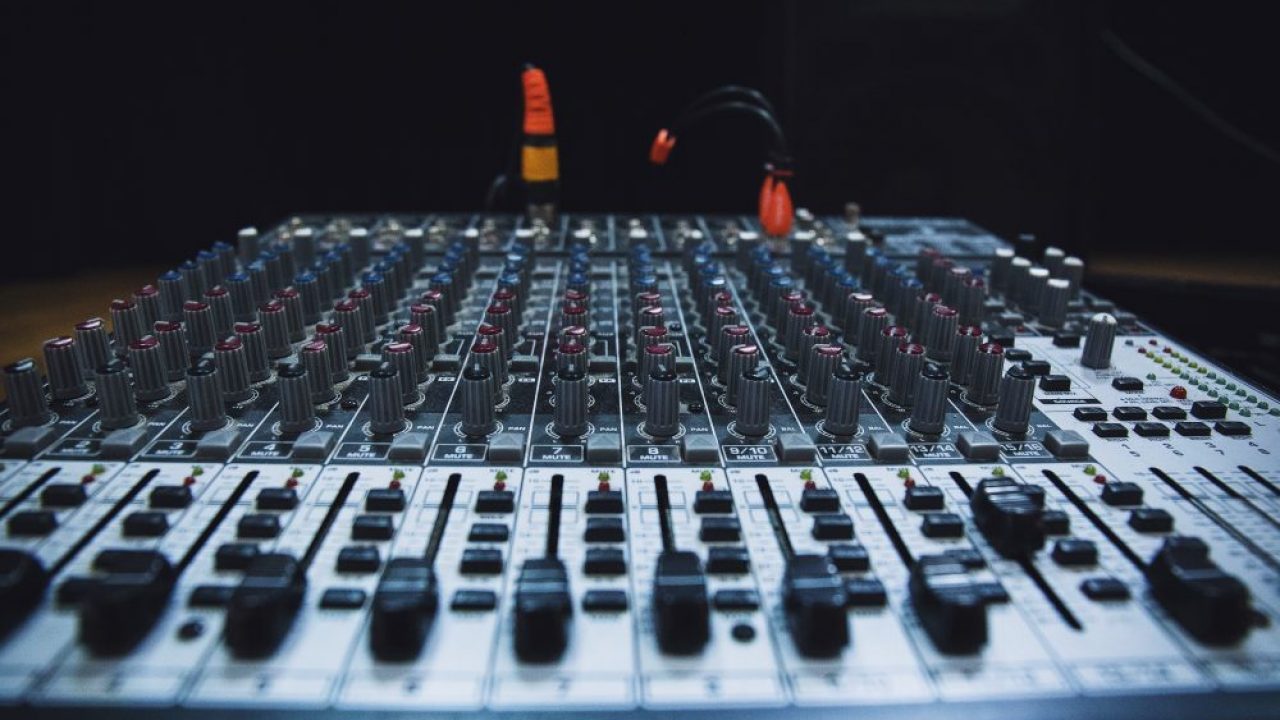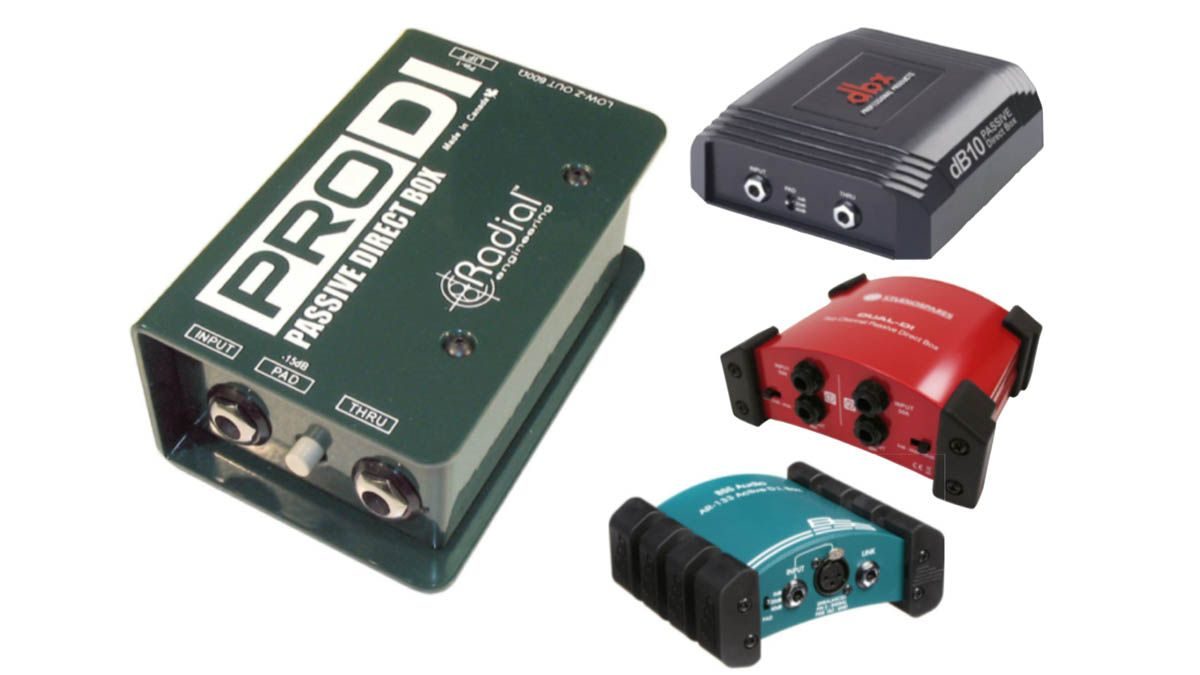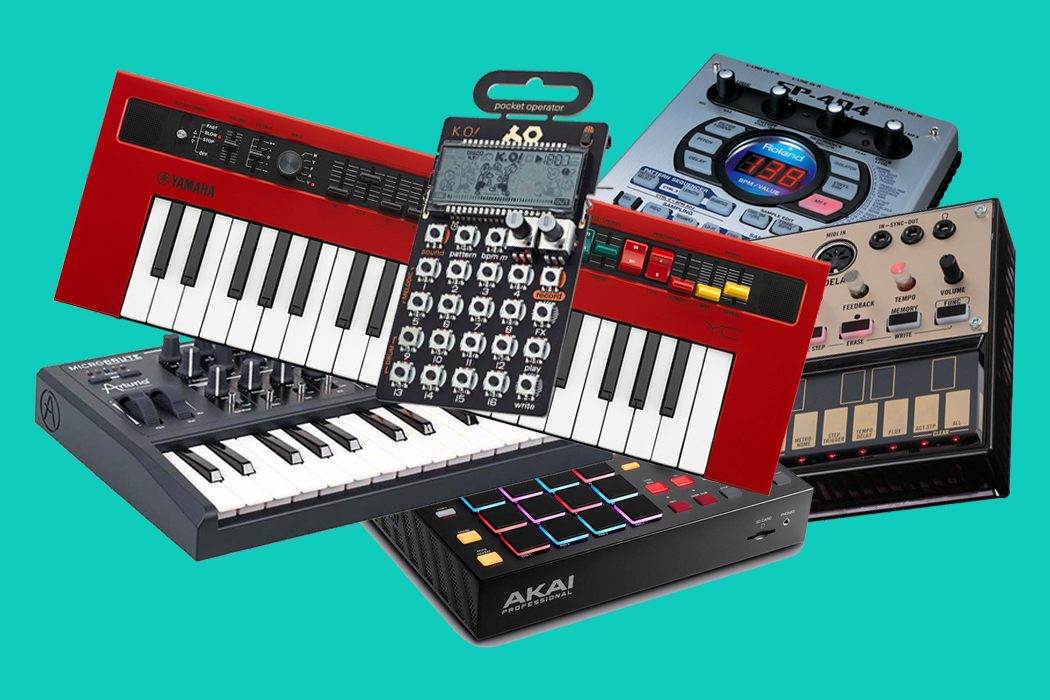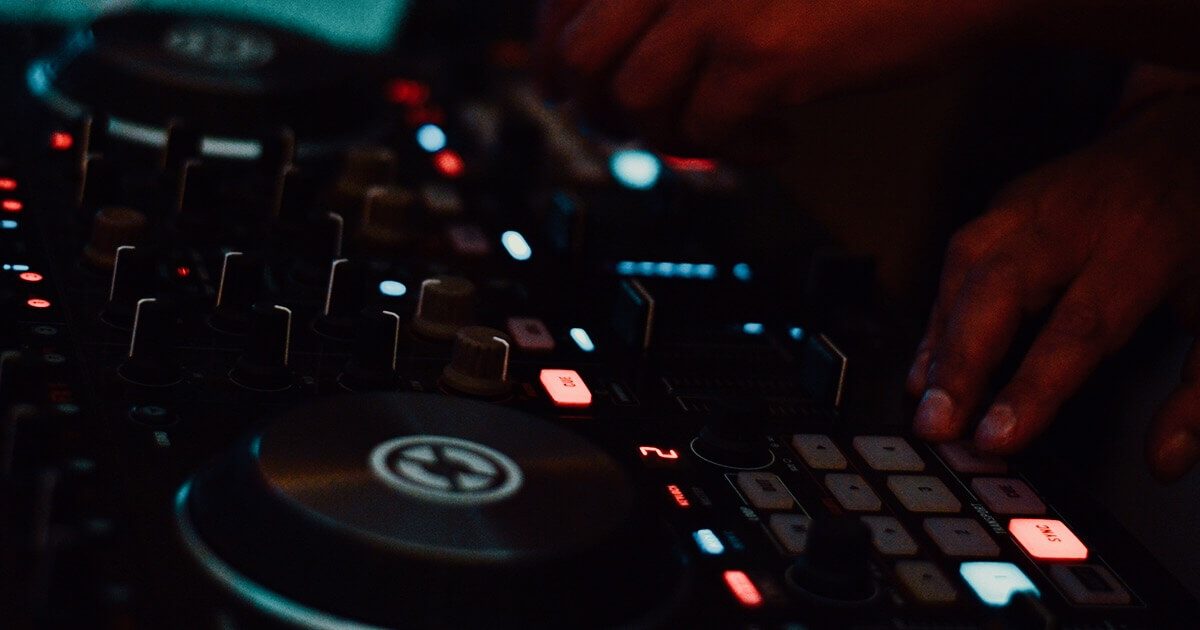Triads are one of the most basic knowledge in music theory.
They’re the simplest type of musical chord, but they’re an essential pattern that’s discovered throughout a number of structures in music.
However even if you have a basic understanding of what triads are, it’s worth looking into them in detail.
In this article, I’ll clarify triads clearly, show why it’s helpful to learn them and provide you with ideas to work with them in your music.
Let’s get started.

